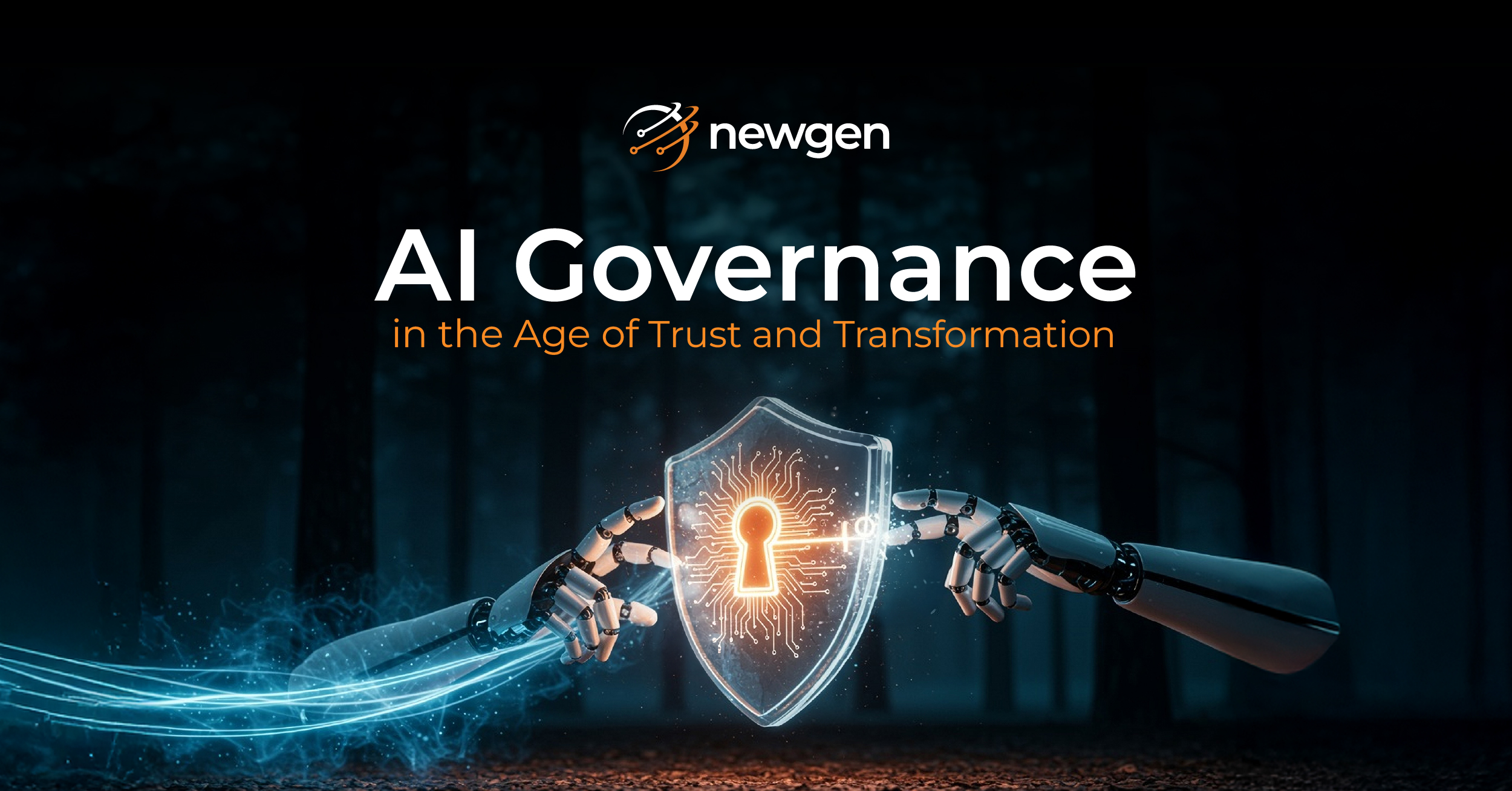In the ever-evolving landscape of healthcare, choosing the perfect providers for your network is the linchpin to success. But what if we told you there’s a game-changing solution, a healthcare magic wand, that can transform this process into a seamless symphony of efficiency?
Picture this: You can fast-track the entire provider onboarding journey, sculpting and nurturing a network that doesn’t just meet but exceeds the needs of your valued providers and cherished members.
Join us as we embark on a journey to decode the unparalleled power of Provider Lifecycle Management – it’s not just a solution; it’s the heartbeat of the future of healthcare. Let’s explore provider lifecycle management and how it can help streamline the end-to-end process.
What is Provider Lifecycle Management?
Provider Lifecycle Management (PLM) encompasses processes and systems that are used to manage the end-to-end lifecycle of healthcare providers. This includes network management, contracting, provider portal, and enrollment and credentialing.
Think of it as your healthcare provider matchmaking service, streamlining the entire journey from initial discovery, smooth onboarding, and a harmonious, mutually beneficial partnership. It’s the secret sauce that ensures your network is always thriving, delivering top-notch care to your members and providers, creating a truly extraordinary healthcare ecosystem.
With an Ideal PLM Solution, you can:
- Facilitate providers to enter and maintain data using a provider portal
- Minimize turnaround time of the entire process significantly
- Eliminate labour-reliant processes
- Gain visibility into processes and ensure better accountability with detailed drill-down reports
Why Provider Lifecycle Management Solution is Required?
Here are some of the key challenges prevailing in the provider ecosystem processes:
Provider Network Management
Managing a vast network of healthcare providers can be complex, involving recruiting, credentialing, and maintaining accurate data. PLM solutions streamline these processes by centralizing provider information and automating many tasks.
Provider Onboarding Delays
Bringing new providers into the network can be a time-consuming process, leading to delays in offering services to patients. PLM solutions expedite provider onboarding by automating tasks and reducing manual paperwork.
Data Accuracy and Compliance
Accurate provider information is crucial for operational efficiency and regulatory compliance. PLM solutions include validation checks to ensure data accuracy and help providers stay updated on compliance requirements.
Administrative Inefficiencies
Manual and paper-based processes can result in administrative inefficiencies and errors. PLM solutions eliminate paper-based processes, reducing administrative burden and the risk of human errors.
Visibility and Accountability
Healthcare organizations require visibility into provider-related processes and accountability for managing provider data effectively. PLM solutions provide detailed reports to track the progress of provider onboarding and other activities.
Integration with Other Systems
Integration with Electronic Medical Records (EMRs), Electronic Health Records (EHRs), and payment systems is essential for seamless data exchange. PLM solutions can integrate with these systems, ensuring data consistency and reducing manual data entry.
Regulatory Changes
The healthcare industry is subject to evolving regulatory requirements. PLM solutions can help organizations adapt to regulatory changes by providing up-to-date compliance information and ensuring that providers adhere to these requirements.
Provider and Member Satisfaction
Well-managed provider networks contribute to provider satisfaction and timely access to care for members. PLM solutions aim to create a balance that benefits both providers and patients.
Cost Control
Controlling healthcare costs is a significant challenge. PLM solutions can help reduce administrative costs and ensure efficient provider management, which can, in turn, contribute to cost control.
Data Security and Privacy
Healthcare businesses must safeguard patient and provider data. PLM solutions typically offer secure data storage and access controls to address data security and privacy concerns.
Quality of Care
Ultimately, the quality of healthcare patients provide is a top priority. Effective provider management, enabled by PLM solutions, can improve the quality of care by ensuring that qualified and credentialed providers are part of the network.
Provider Retention
Retaining providers is essential for network stability. PLM solutions can help providers access necessary training and compliance materials, making it easier for them to stay within the network.
How a Provider Lifecycle Management Solution Can Help Streamline the End-to-end Process
1. Expedite Provider Onboarding
The PLM Solution connects different micro-processes to help build a quality network of healthcare providers. It integrates functions into a unified system, such as contract management, provider/facility onboarding, data maintenance, pricing, and self-service.
By leveraging multifaceted processes, smart routing, robust system integrations, predictive analytics, and robotic process automation (RPA), the solution expedites the onboarding process.
2. Eliminate Paper-led Processes and Minimize Human-prone Errors
With a PLM solution, manual data entry, tracking, and storage of provider information can be replaced with electronic forms and databases, reducing the time and effort required to complete tasks and the risk of errors and omissions.
It also includes smart workflows to guide users through the provider enrolment process, reducing the need for manual tracking and follow-up. Validation rules and checks are facilitated to ensure that the information entered is accurate and complete.
3. Maintain Accurate Provider Information
With a robust Provider Lifecycle Management Solution, providers’ information is stored in a secure, centralized repository, making it easier to access and update depending on the business need. This drastically reduces the time and efforts.
In addition, the solution can integrate with other systems, such as Electronic Medical Records (EMRs), Electronic Health Records (EHRs), and payment systems, further minimizing the need for manual data entry and streamlining the provider information management process.
4. Provider Onboarding and Training
A PLM solution can help new providers gain access to necessary information and training across various stages of their journey. It provides a centralized location for all training materials, which can be accessed by new providers anytime, anywhere.
The solution can help you ensure that your providers are up to speed on the latest compliances and developments in their space and adhere to regulatory requirements.
5. Performance Monitoring and Evaluation
A Provider Lifecycle Management solution allows healthcare payers to continually monitor and evaluate the performance of their provider network. This includes tracking key performance indicators (KPIs), such as patient satisfaction, provider billing accuracy, and adherence to contract terms.
By collecting and analysing data, the solution can identify areas for improvement and support informed decision-making to enhance the overall quality of care within the network.
6. Provider and Member Engagement
Beyond onboarding and data management, a PLM solution can facilitate better engagement between providers and members. It can offer a portal or platform for providers to interact with patients, access patient records securely, and engage in telehealth services.
This improves the patient-provider relationship and supports efficient and convenient healthcare delivery, which can lead to higher member satisfaction.
To understand the nuts and bolts of a smart provider lifecycle management solution, I’d encourage you to watch this video and understand how our solution, built on a low code digital transformation platform, can help you seamlessly streamline your process.
You might be interested in




